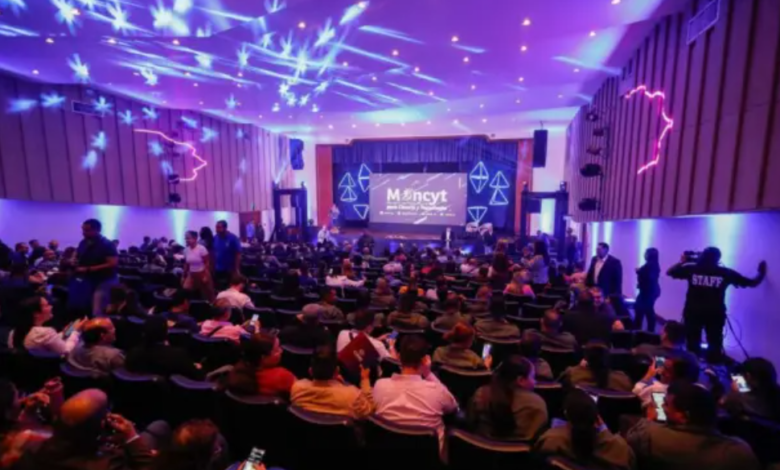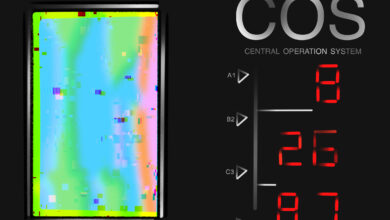Artificial Intelligence Integration Boosts Grid Energy Efficiency | by Marta Reyes | May, 2024

Today the role of sustainability has taken center stage in all industries. For this reason, companies seek, in the integration of intelligent technologies, new solutions to improve efficiency in various sectors and find alternatives that have a positive impact, above all, in the environmental, social or economic sphere. In this context, automation supported by Intelligence Artificial Intelligence (AI) represents a crucial tool to achieve efficient energy management in telecommunications networks.
The combination of automated systems with AI allows real-time adaptation to system demands and conditions. This integration optimizes energy production, distribution and consumption precisely and efficiently, improving grid stability and reducing global carbon emissions.
According to the report on energy efficiency of mobile networks from the Organization of Mobile Operators (GSMA), most of the energy is consumed in the RAN or radio access network (76%), because the antennas They provide coverage to thousands of square kilometers. The remaining consumption is distributed between data centers and the core network (19%) and operations (5%).
It is in this line that AI-based solutions allow the reduction of energy consumption and therefore the emission of CO2, representing a very useful alternative to reduce the carbon footprint and help generate a low-emission green network. carbon.
Among the AI trends that seek to be efficient and contribute to the reduction of carbon gases are:
1.- Predictive Maintenance: AI analyzes data in real time to predict possible failures in the electrical network before they occur, allowing efficient scheduling of preventive maintenance and reducing downtime.
2.- Load Optimization: Automated systems adjust the distribution of electrical load intelligently, maximizing system efficiency and reducing demand peaks.
3.- Renewable Energy Management: AI facilitates the integration of renewable energy sources by predicting the availability and variability of these sources, optimizing their use and reducing dependence on fossil fuels.
4.- Infrastructure Optimization: Automated systems with AI identify opportunities to improve the efficiency of infrastructure, from cooling to power distribution, reducing waste and associated costs.
In this context of innovation and based on the charging optimization trend, Huawei developed the PowerStar tool. This aims to reduce energy consumption without compromising network performance and user experience.
In Peru, Entel has estimated that this solution will reduce up to 43 million tons of CO2 emissions, which is equivalent to 55 billion kilowatts of electricity saved, or 380 million newly planted trees. Likewise, it has implemented PowerStar AI: through the use of traffic data and efficiently managing network power in different locations as required and without human intervention, it will seek to reduce energy consumption by 1.45M KHW during the period of one year.
Different companies around the world are aware of the need to implement sustainable solutions. Entel has a clear vision about the need to have technological allies that seek to be zero carbon so that in the near future they can implement a green infrastructure network with low carbon emissions.



